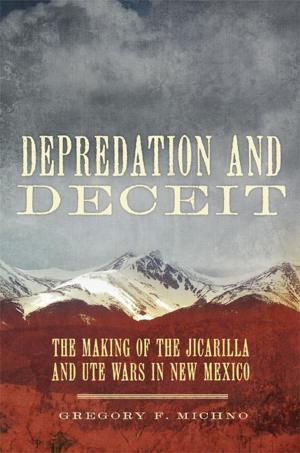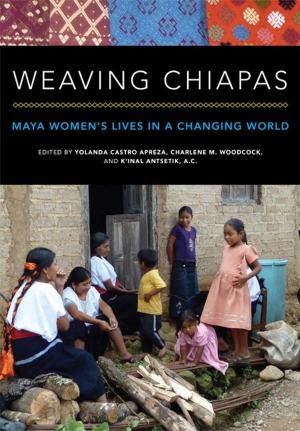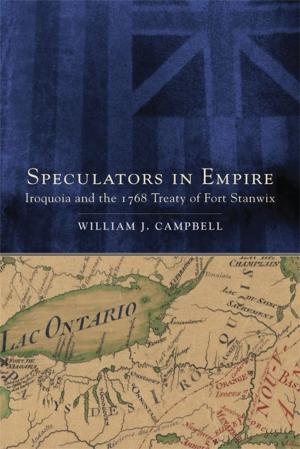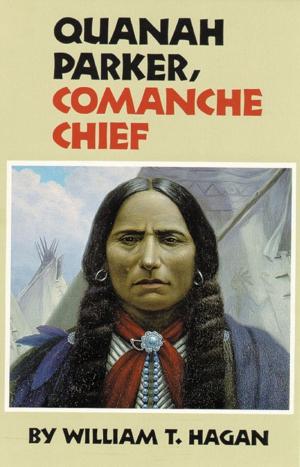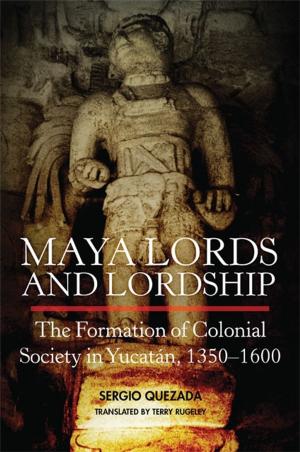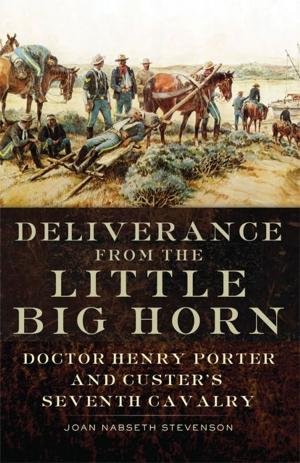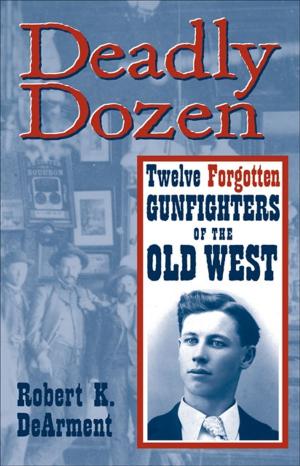Miera y Pacheco
A Renaissance Spaniard in Eighteenth-Century New Mexico
Biography & Memoir, Artists, Architects & Photographers, Nonfiction, Art & Architecture, Historical| Author: | John L. Kessell | ISBN: | 9780806150796 |
| Publisher: | University of Oklahoma Press | Publication: | August 5, 2013 |
| Imprint: | University of Oklahoma Press | Language: | English |
| Author: | John L. Kessell |
| ISBN: | 9780806150796 |
| Publisher: | University of Oklahoma Press |
| Publication: | August 5, 2013 |
| Imprint: | University of Oklahoma Press |
| Language: | English |
Remembered today as an early cartographer and prolific religious artist, don Bernardo de Miera y Pacheco (1713–1785) engaged during his lifetime in a surprising array of other pursuits: engineer and militia captain on Indian campaigns, district officer, merchant, debt collector, metallurgist, luckless silver miner, presidial soldier, dam builder, and rancher. This long-overdue, richly illustrated biography recounts Miera’s complex life in cinematic detail, from his birth in Cantabria, Spain, to his sudden and unexplained appearance at Janos, Chihuahua, and his death in Santa Fe at age seventy-one.
In Miera y Pacheco, John L. Kessell explores each aspect of this Renaissance man’s life in the colony. Beginning with his marriage to the young descendant of a once-prominent New Mexican family, we see Miera transformed by his varied experiences into the quintessential Hispanic New Mexican. As he traveled to every corner of the colony and beyond, Miera gathered not only geographical, social, and political data but also invaluable information about the Southwest’s indigenous peoples. At the same time, Miera the artist was carving and painting statues and panels of the saints for the altar screens of the colony.
Miera’s most ambitious surviving map resulted from his five-month ordeal as cartographer on the Domínguez-Escalante expedition to the Great Basin in 1776. Two years later, with the arrival of famed Juan Bautista de Anza as governor of New Mexico, Miera became a trusted member of Anza’s inner circle, advising him on civil, military, and Indian affairs.
Miera’s maps and his religious art, represented here, have long been considered essential to the cultural history of colonial New Mexico. Now Kessell’s biography tells the rest of the story. Anyone with an interest in southwestern history, colonial New Mexico, or New Spain will welcome this study of Miera y Pacheco’s eventful life and times.
Remembered today as an early cartographer and prolific religious artist, don Bernardo de Miera y Pacheco (1713–1785) engaged during his lifetime in a surprising array of other pursuits: engineer and militia captain on Indian campaigns, district officer, merchant, debt collector, metallurgist, luckless silver miner, presidial soldier, dam builder, and rancher. This long-overdue, richly illustrated biography recounts Miera’s complex life in cinematic detail, from his birth in Cantabria, Spain, to his sudden and unexplained appearance at Janos, Chihuahua, and his death in Santa Fe at age seventy-one.
In Miera y Pacheco, John L. Kessell explores each aspect of this Renaissance man’s life in the colony. Beginning with his marriage to the young descendant of a once-prominent New Mexican family, we see Miera transformed by his varied experiences into the quintessential Hispanic New Mexican. As he traveled to every corner of the colony and beyond, Miera gathered not only geographical, social, and political data but also invaluable information about the Southwest’s indigenous peoples. At the same time, Miera the artist was carving and painting statues and panels of the saints for the altar screens of the colony.
Miera’s most ambitious surviving map resulted from his five-month ordeal as cartographer on the Domínguez-Escalante expedition to the Great Basin in 1776. Two years later, with the arrival of famed Juan Bautista de Anza as governor of New Mexico, Miera became a trusted member of Anza’s inner circle, advising him on civil, military, and Indian affairs.
Miera’s maps and his religious art, represented here, have long been considered essential to the cultural history of colonial New Mexico. Now Kessell’s biography tells the rest of the story. Anyone with an interest in southwestern history, colonial New Mexico, or New Spain will welcome this study of Miera y Pacheco’s eventful life and times.

